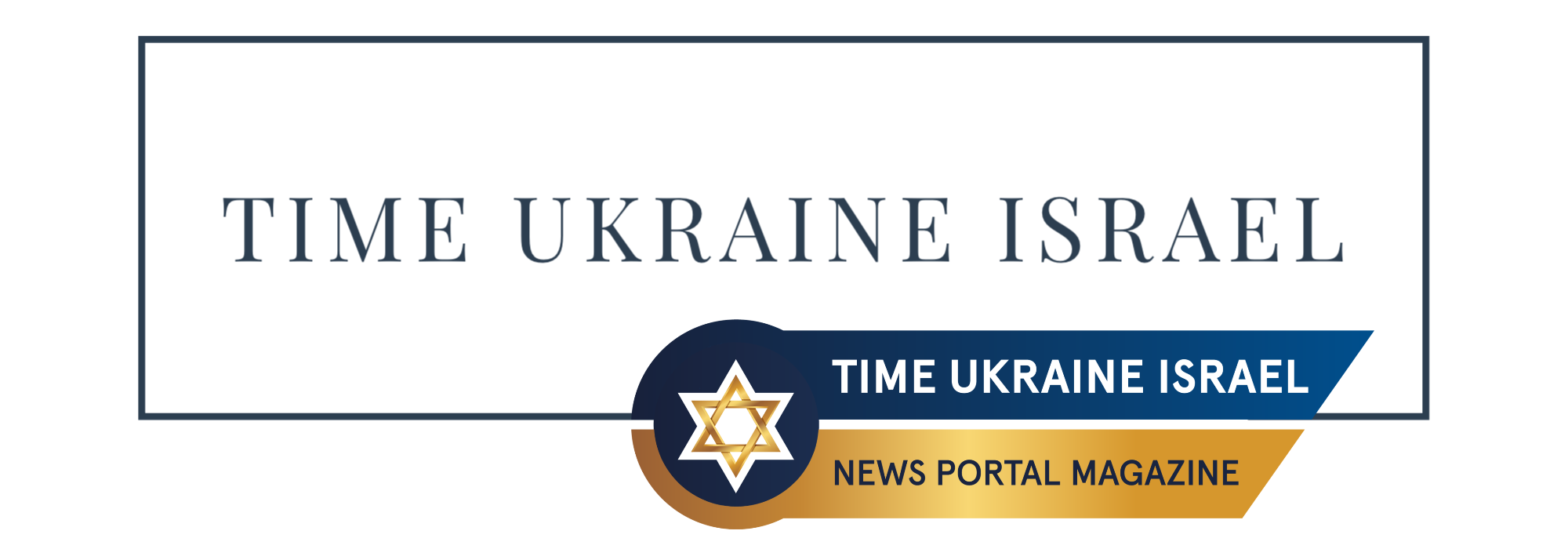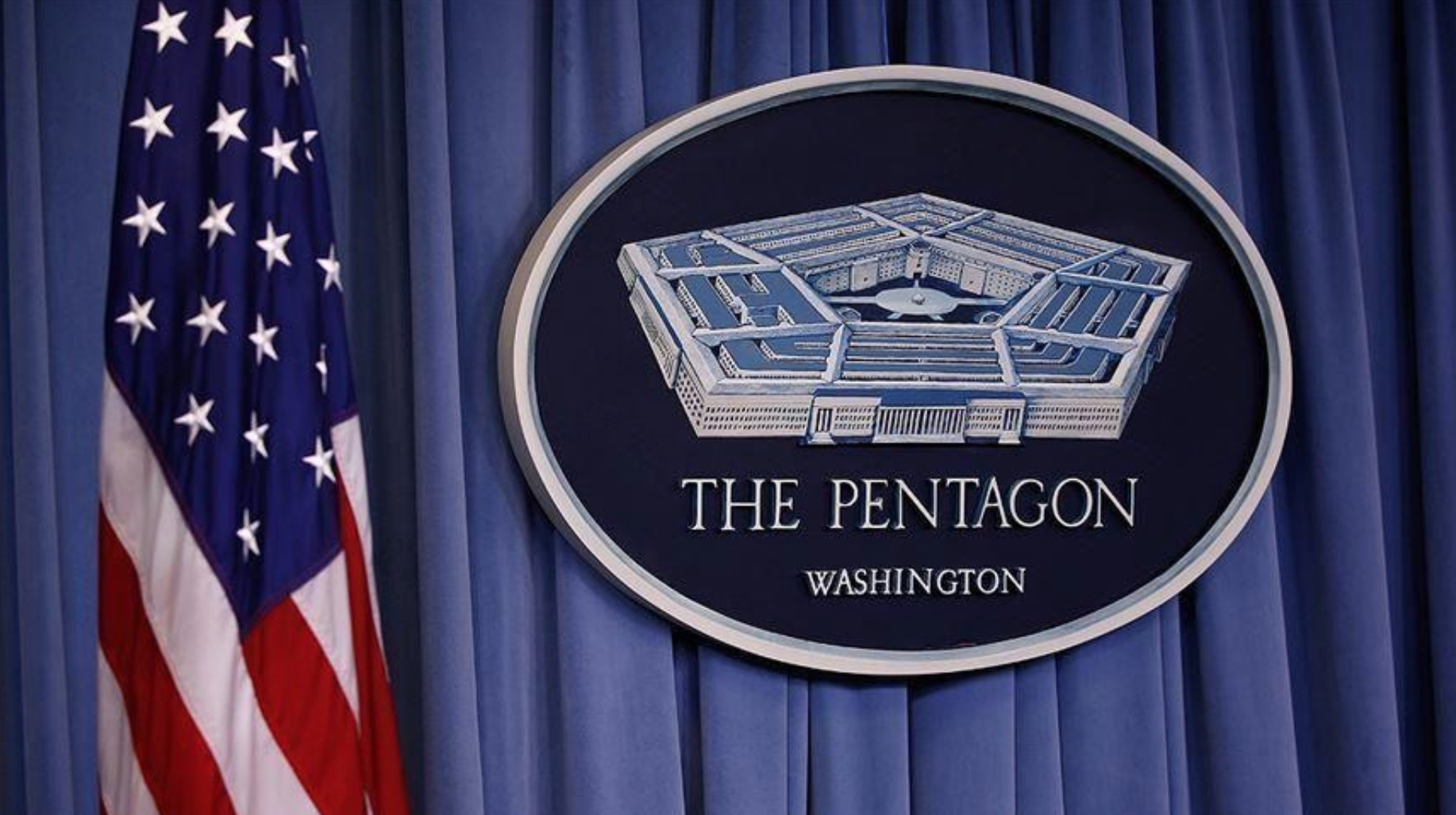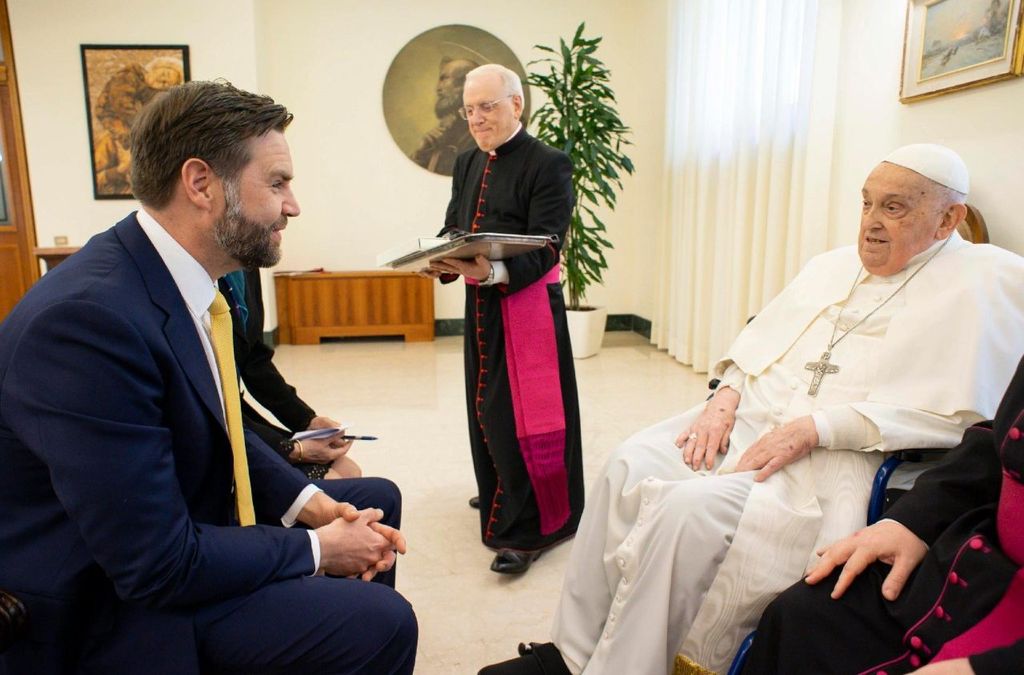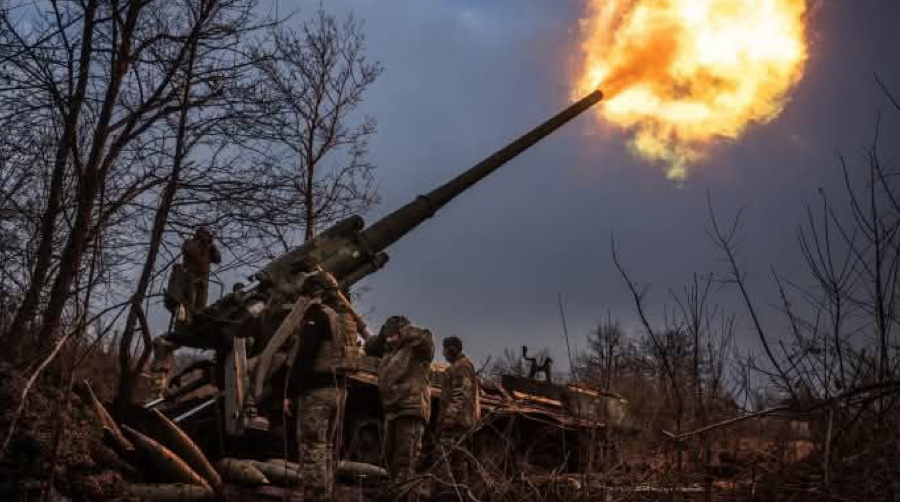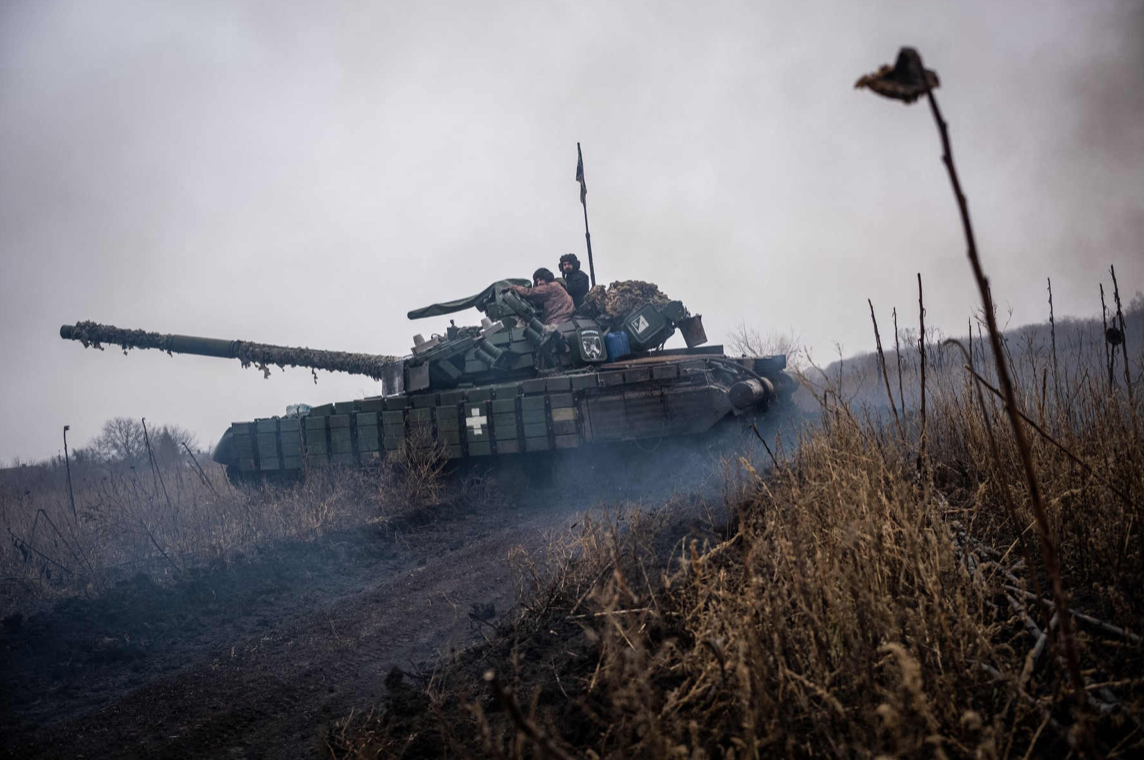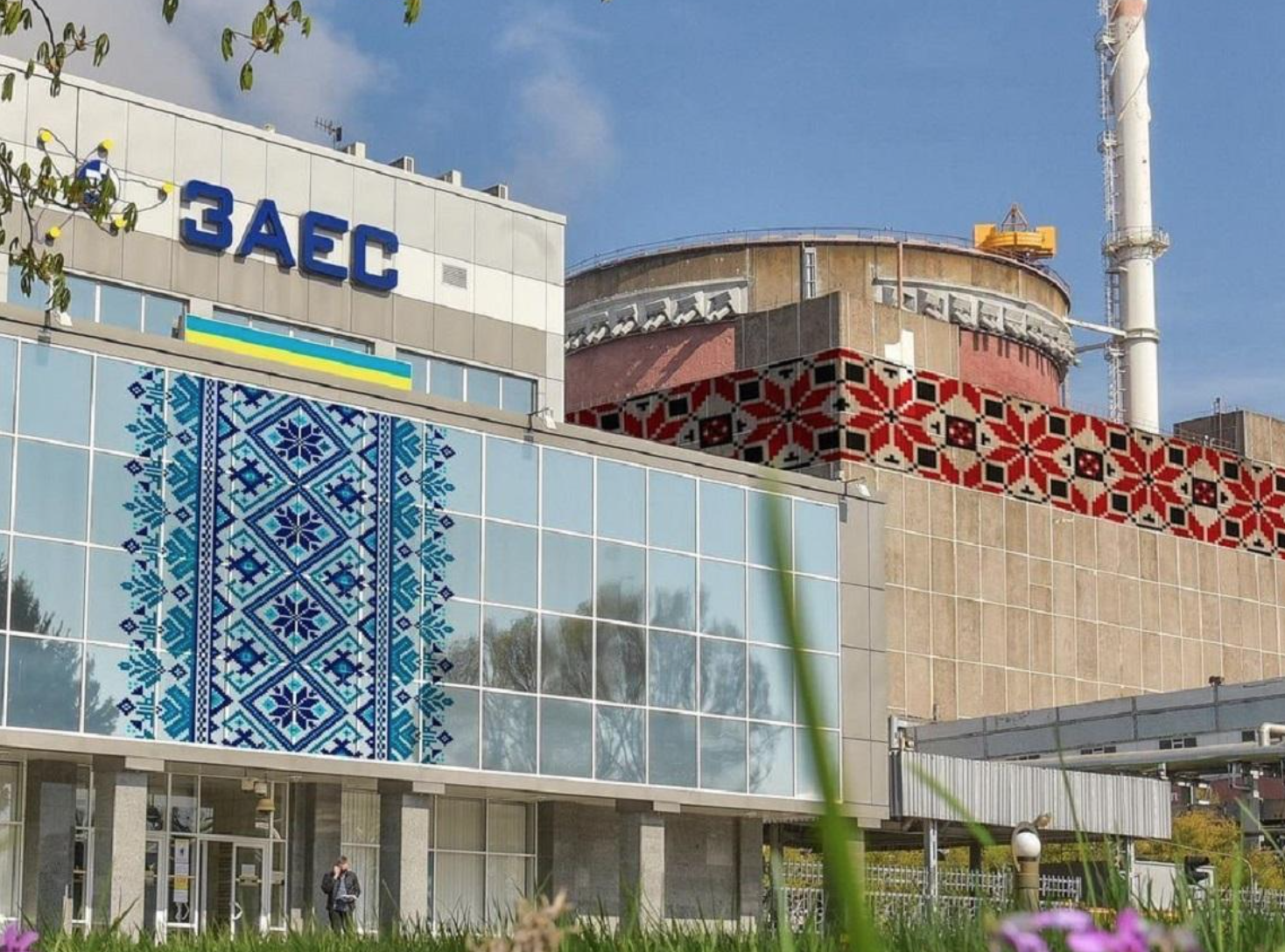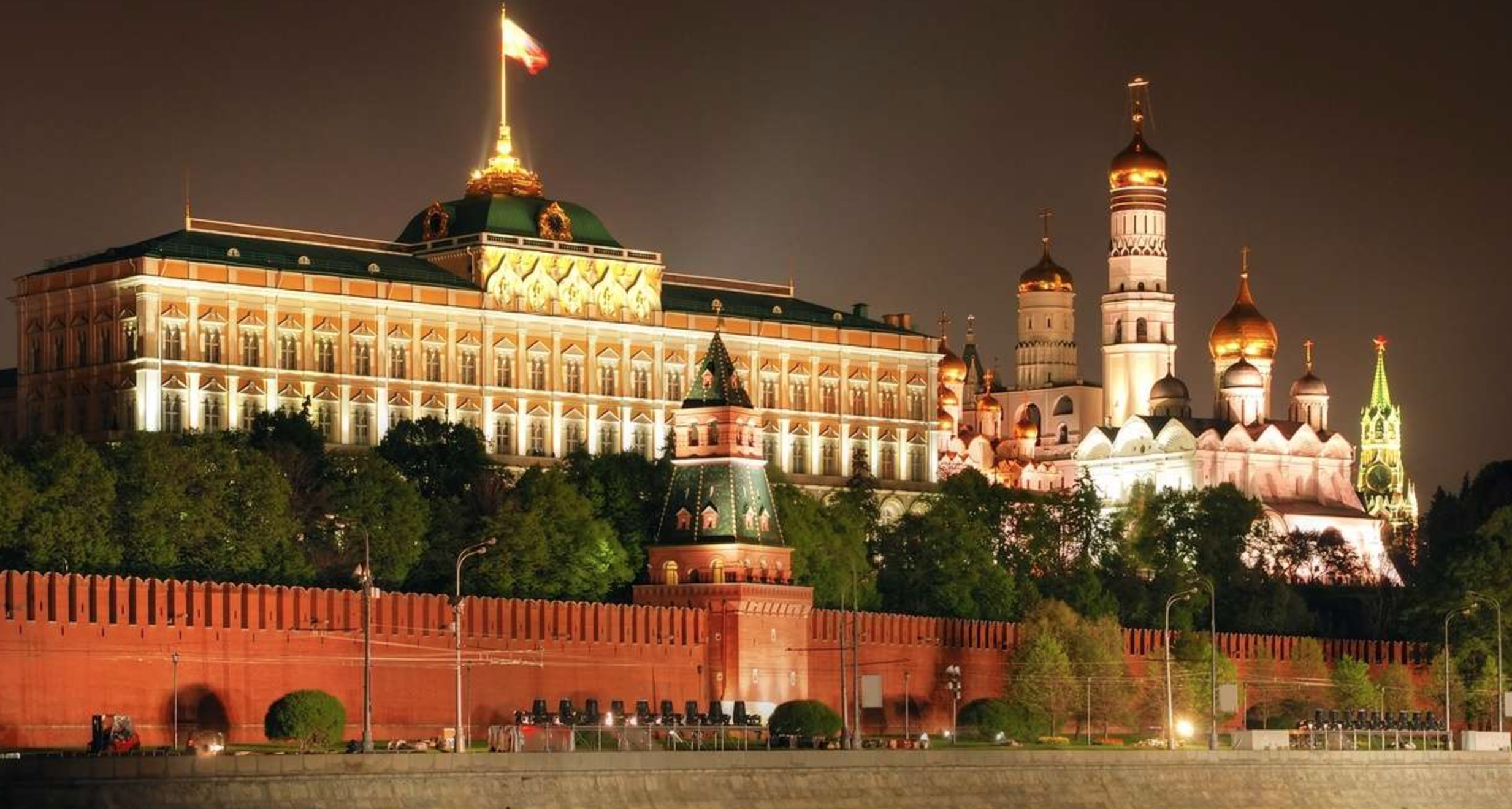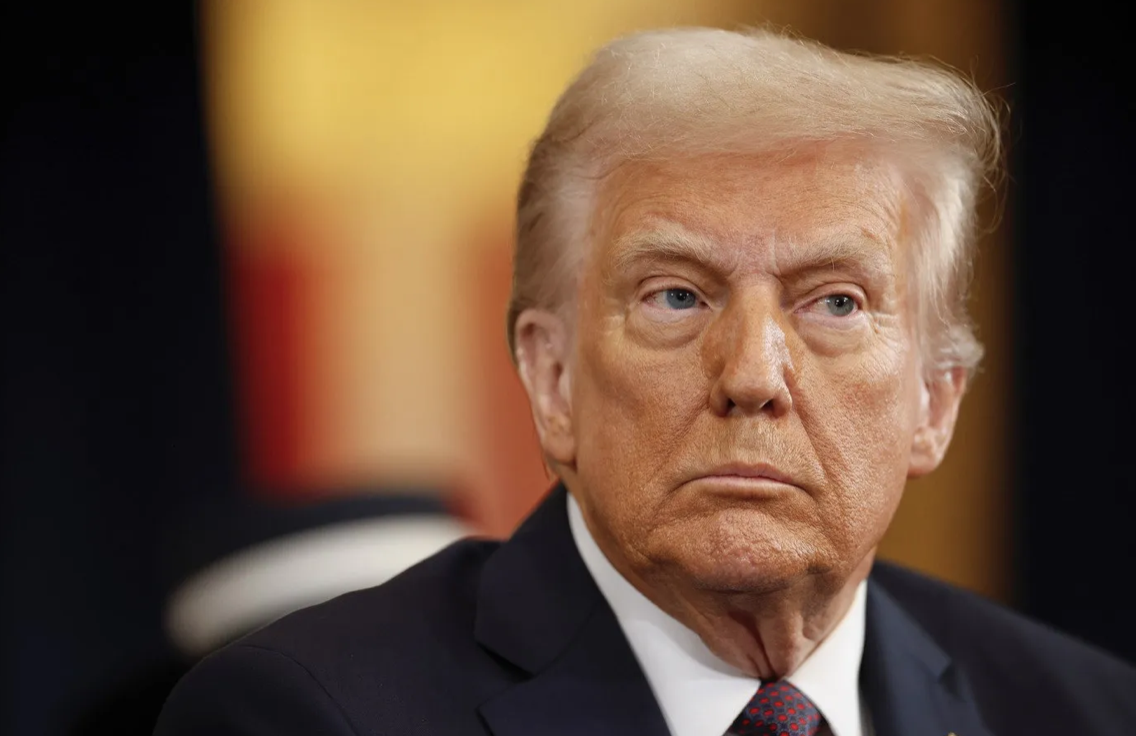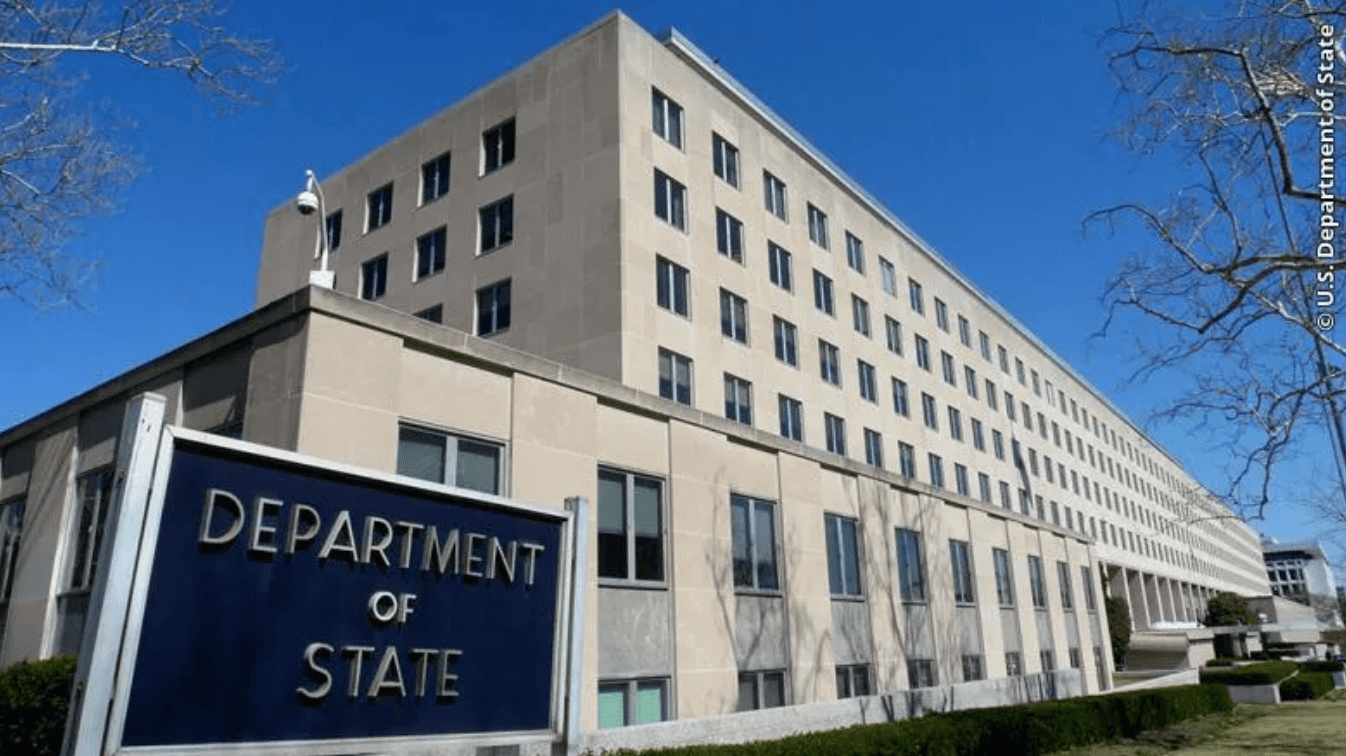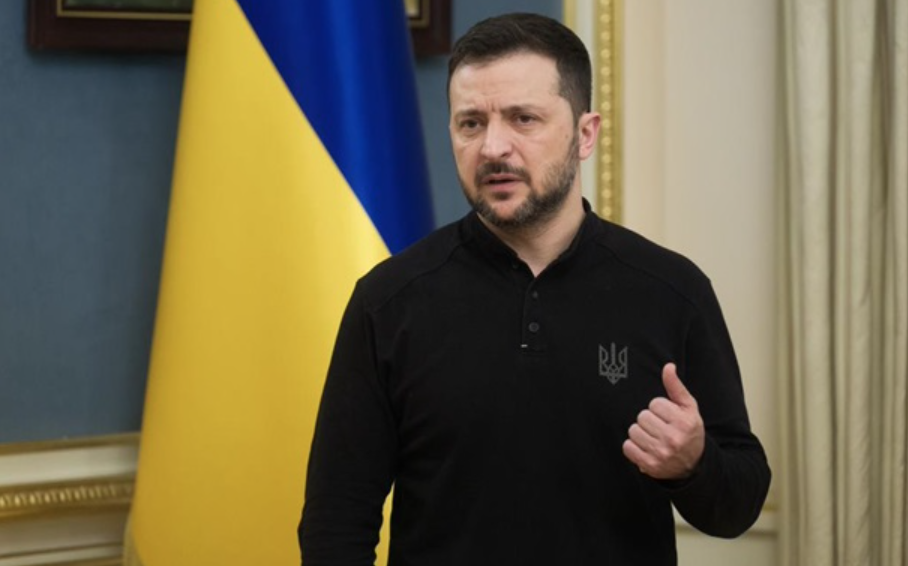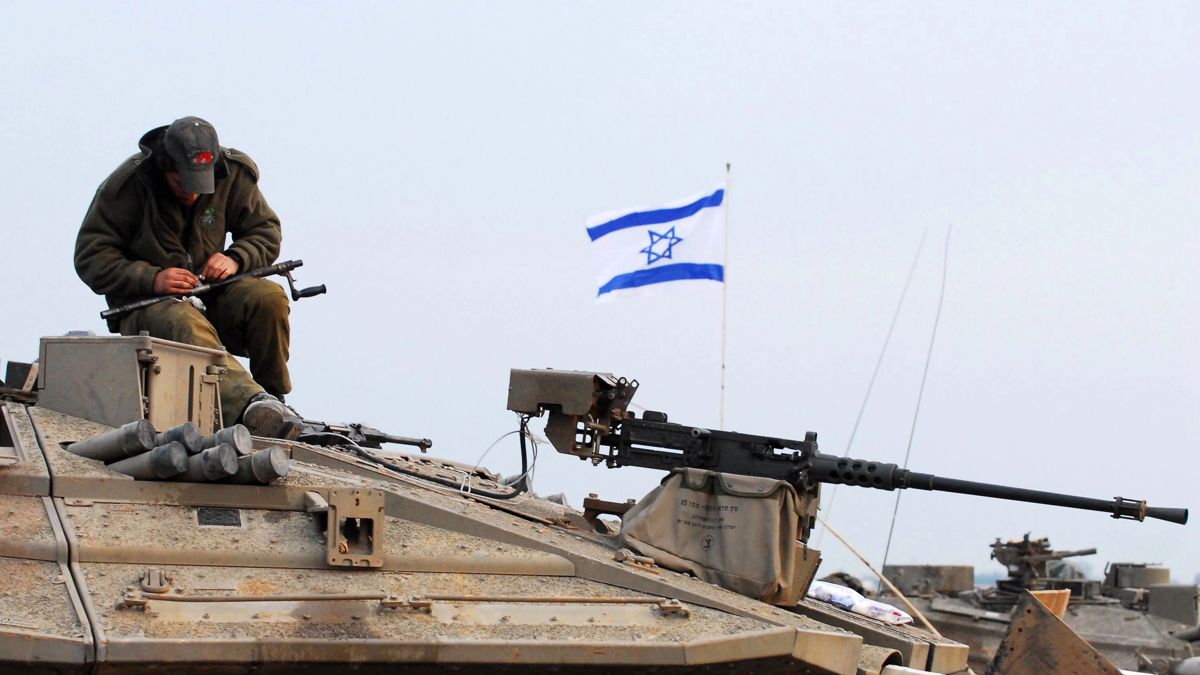Photo: Depositphotos
The Defence Intelligence of Ukraine has published new data on foreign components in Russian weapons, including attack drones, which Russia uses in its war against Ukraine. The information was published on the War&Sanctions portal.
How Russian Shahed-136s have changed in 2025
A series of significant changes have been made to the design of the Shahed-136 drones, which have been in service since early 2025. They received a new warhead weighing 90 kg, and the flight controller, battery and power distribution unit were moved to the tail of the drone. Ballast was also added to the design, which can affect manoeuvrability and flight stability.
On the 8-channel CRP satellite navigation antenna, we found a marking in Chinese and English “Agricultural equipment parts”. This indicates the production of components in 2024.
Chinese electronics instead of Western ones
Intelligence has confirmed that Russia is increasingly using Chinese components as an alternative to spare parts from the US, EU and other countries.
UAVs manufactured at plants in Yelabuga (a special economic zone of the Russian Federation) received a new “Ъ” series in addition to the “Y” mark.
The Kupol electromechanical plant in Izhevsk produces drones of the KC series, which complements the previous K and KB series.
In addition to the 8-channel Kometa M8 antennas, the new drones are now equipped with Russian 12-channel Kometa CRP antennas.
Russia is developing analogues of Shahed-238 jets
Intelligence also recorded that Russia is setting up production of a new jet-powered drone, the Shahed-238.
This drone is equipped with a twin-circuit turbojet engine Tolou-10/13, which provides a flight speed of up to 550-600 km/h and a range of up to 2500 km.
How the world can block the supply of components to Russia
The Ukrainian intelligence service reminded that there are tools in the world to create a “component famine” in Russia that could seriously undermine its military-industrial complex. These include sanctions, export controls, compliance (control of financial transactions), KYC (knowledge of the client in international trade) and CHPL (control of high-tech goods).
Official bodies of various countries, including OFAC (USA) and TAXUD (EU), as well as electronic component manufacturers and investigative journalists, can cut off Russia from the necessary components.
